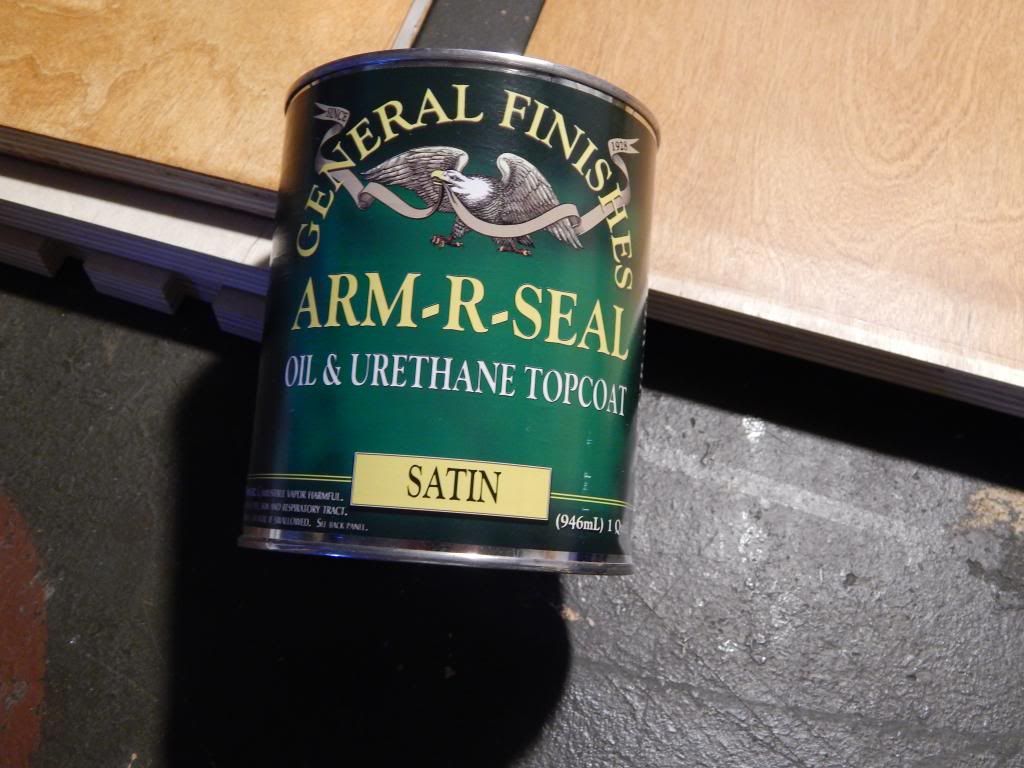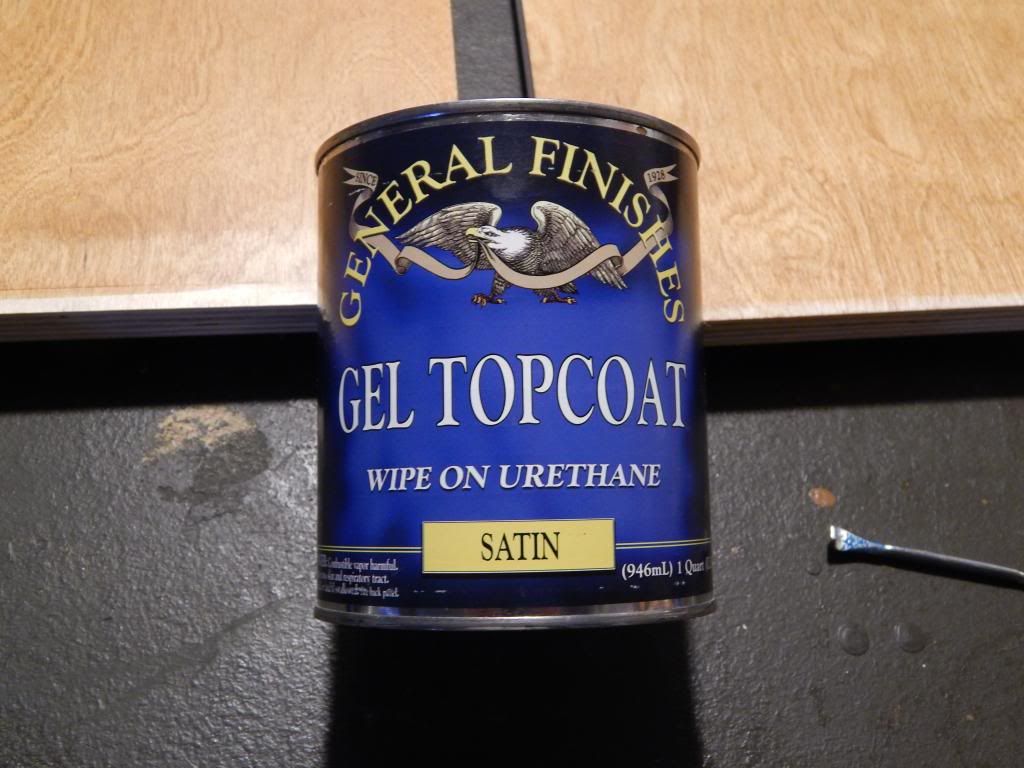Kent & Alan,
Cleaning your brush between sessions is NOT suspending it in MS. What I see looks like very small partially cured finish specs from the brush. Clean the bush very well; then suspend it in MS. No need to go to the soap and water steps.
Otherwise you get little specs of finish that can't be seen in the wet finish; then, YOU SEE them when it dries.
Scott
Finishing is an 'Art & a Science'. Actually, it is a process. You must understand the properties and tendencies of the finish you are using. You must know the proper steps and techniques, then you must execute them properly.




 Reply With Quote
Reply With Quote





